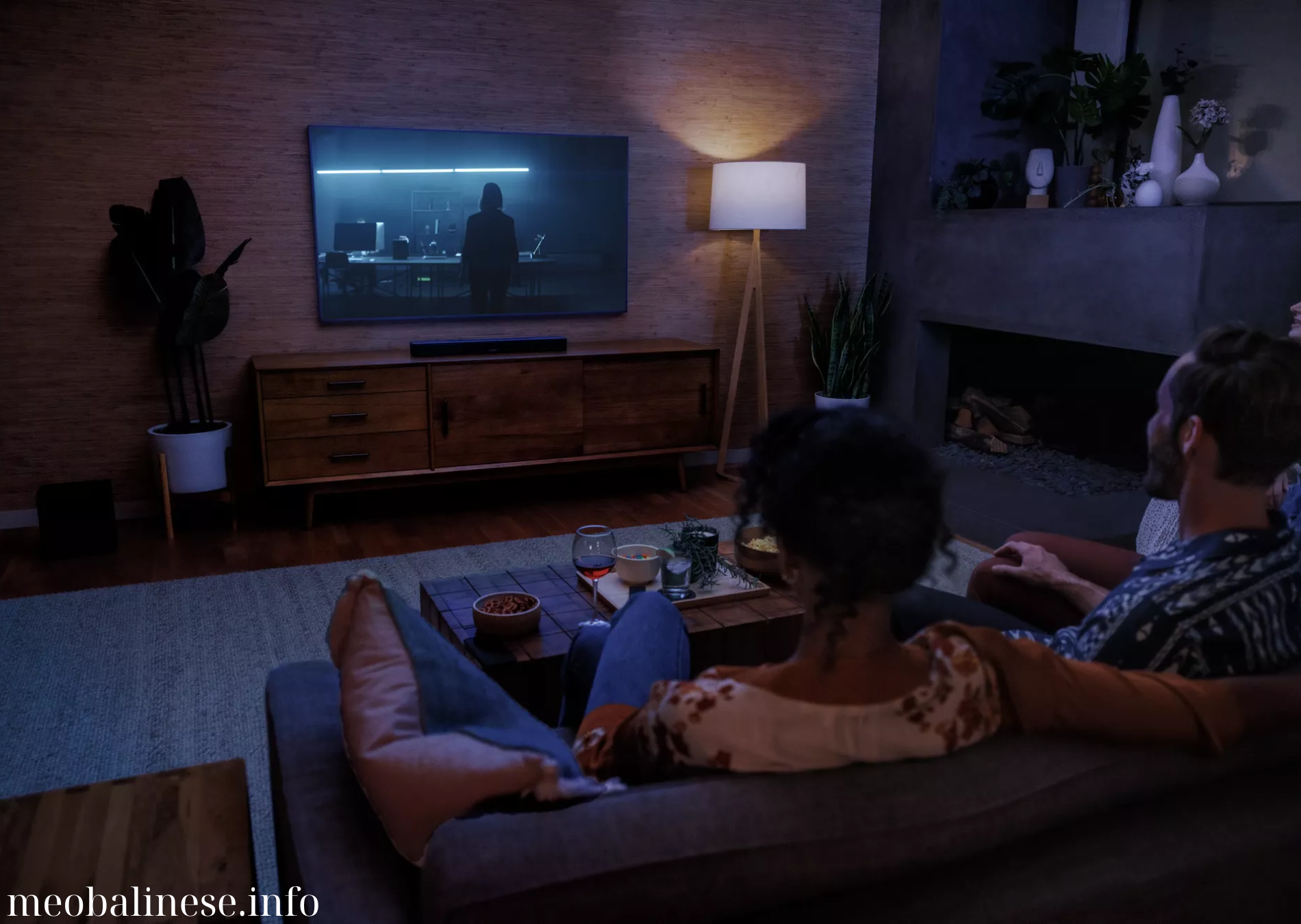Setting up a home theater is an exciting venture that transforms your living space into an immersive entertainment zone. To ensure you get the best experience, selecting the right equipment is crucial. From displays to audio systems, each component plays a vital role in creating a cinematic environment at home. Here’s a guide to the essential equipment you should consider for enhancing your home entertainment system.
Key Highlights
- Display Options: Choosing the right screen for your home theater.
- Audio Systems: Selecting the best sound solutions for immersive audio.
- Media Players: Essential devices for high-quality content playback.
- Accessories: Additional equipment to enhance functionality and convenience.
Display Options
1. Televisions
- LED TVs: These are popular for their bright displays and affordability. Look for 4K resolution models to ensure sharp, clear images. For an even better viewing experience, consider those with HDR support for enhanced color and contrast.
- OLED TVs: Offering superior contrast and vibrant colors, OLED TVs are ideal for those seeking the best picture quality. They provide deep blacks and rich colors, making them perfect for dark rooms.
- QLED TVs: Quantum Dot Technology in QLED TVs delivers excellent brightness and color accuracy. These are great for well-lit rooms and provide stunning visuals.
2. Projectors
- Home Theater Projectors: For a true cinematic experience, a projector can create a large screen view. Look for 4K projectors with high lumens for bright, clear images even in ambient light.
- Ultra-Short Throw Projectors: These projectors can be placed close to the screen or wall, offering a large image with minimal space. They are ideal for smaller rooms.
Audio Systems
1. Surround Sound Systems
- 5.1 Channel Systems: These include five speakers and one subwoofer, providing a balanced surround sound experience. Brands like Bose, Klipsch, and Sony offer high-quality options.
- 7.1 Channel Systems: For a more immersive experience, a 7.1 system adds two additional surround speakers. This setup is ideal for larger rooms and more complex soundscapes.
2. Soundbars
- Basic Soundbars: Good for improving TV audio without the complexity of a full surround system. Look for models with Bluetooth or Wi-Fi connectivity for added convenience.
- High-End Soundbars: These often come with additional subwoofers and virtual surround sound technology, providing a richer audio experience without the need for multiple speakers.
3. AV Receivers
- Multi-Channel Receivers: These are essential for managing audio and video inputs, providing the connectivity needed for your home theater. Choose a receiver with enough channels to support your speaker setup and features like Dolby Atmos or DTS
for advanced sound formats.
Media Players
1. Blu-ray Players
- 4K Ultra HD Blu-ray Players: For the best video quality, opt for a 4K Blu-ray player. These players support high-definition content and often come with HDR support for better color and contrast.
- Streaming Devices: Devices like Roku, Apple TV, and Amazon Fire TV offer access to various streaming services. Many support 4K and HDR content for high-quality viewing.
2. Gaming Consoles
- Latest Models: PlayStation 5, Xbox Series X, and other next-gen consoles provide high-definition graphics and immersive gaming experiences. They can also serve as media players for streaming and playback.
Accessories
1. Universal Remotes
- Smart Remotes: These remotes can control multiple devices, simplifying the operation of your home theater system. Look for models with programmable buttons and touchscreens for ease of use.
2. Calibration Tools
- Calibration Discs: Use discs or software designed to help you adjust your display settings for optimal picture quality. These tools guide you in fine-tuning contrast, brightness, and color settings.
- Room Calibration Microphones: Many AV receivers come with automatic calibration systems using a microphone to measure and adjust audio settings for your room.
3. Seating
- Theater Seating: Comfortable, reclining seats with built-in cup holders and storage add to the movie-watching experience. Look for adjustable options to find the perfect position for your viewing pleasure.
4. Wall Mounts and Stands
- TV Mounts: Wall mounts help save space and provide the best viewing angles. Ensure the mount supports your TV’s size and weight.
- Projector Mounts: Proper mounting is crucial for projectors to achieve the desired image quality. Look for adjustable mounts to position the projector correctly.
Conclusion
Investing in the right home theater equipment can significantly enhance your viewing and listening experience. By choosing high-quality displays, robust audio systems, and useful accessories, you create an environment that brings movies, games, and shows to life. Consider your space, preferences, and budget when selecting equipment to build a home theater that meets your entertainment needs.
FAQ
What is the best display type for a home theater?
OLED and QLED TVs offer superior picture quality with deep blacks and vibrant colors. For a larger screen experience, projectors are an excellent choice.
How many speakers do I need for a surround sound system?
A basic surround sound system includes 5.1 channels, but a 7.1 system provides additional speakers for a more immersive experience.
What should I look for in an AV receiver?
Choose an AV receiver with enough channels for your speaker setup and features like Dolby Atmos or DTS
for advanced sound formats. Ensure it has sufficient HDMI inputs for your devices.
Are soundbars worth the investment?
High-end soundbars can provide excellent sound quality with less clutter compared to a full surround sound system. They are a good option for those who want better audio without multiple speakers.
Do I need a universal remote?
A universal remote can simplify the control of multiple devices, making it easier to manage your home theater system. It is especially useful if you have various components and want to streamline operations.



